The difference in taste between hand-brewed coffee and espresso which tastes better, hand-brewed coffee or American coffee?
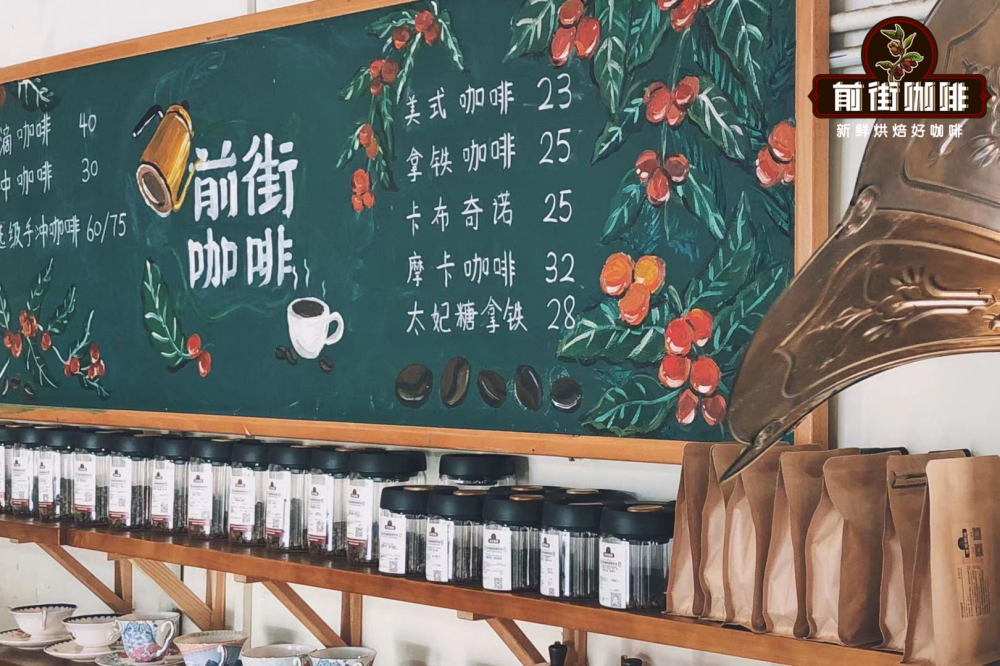
Nowadays, hand-brewed coffee and espresso are the two most mainstream brewing methods, so coffee beans in the consumer market are almost developed around these two uses. The extraction principle of hand brewing is different from that of Italian style. Hand brewed coffee belongs to atmospheric pressure trickling filter extraction, which is a bit like making tea, and its taste is relatively refreshing, while Italian coffee belongs to pressurized extraction, which uses high pressure to press the coffee substance out. The extracted coffee is very small and full-bodied. The raw materials used by the two, that is, coffee beans, and the adjustment of extraction parameters are also different.
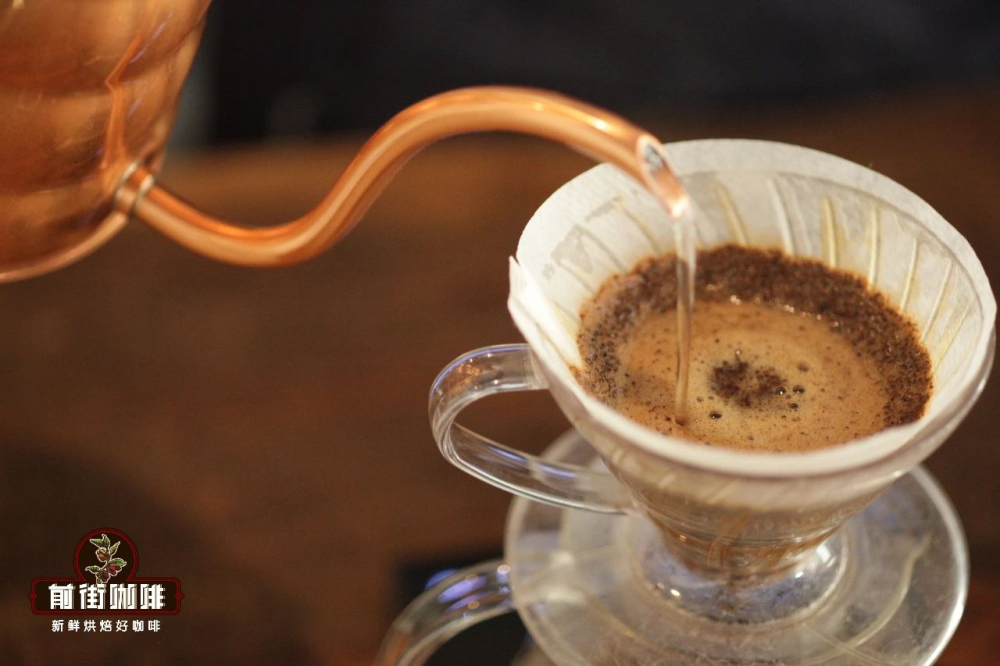
When we talk about hand-brewing coffee, we first grind the coffee beans into powder, and then inject hot water into contact with the powder layer to "dissolve" the substance out of the coffee. In fact, you can get a cup of clear black coffee by using a filter cup with filter paper or other tools to filter the coffee grounds and prevent them from entering the pot. If you want to make a cup of hand-brewed coffee, in addition to high-quality coffee beans, Qianjie believes that at least these appliances are needed: a hand flushing pot for water injection, a filter cup and filter paper for filtering coffee grounds, a sharing pot, a bean grinder for grinding coffee beans, an electronic scale for recording water injection and time, and a thermometer for measuring water temperature.
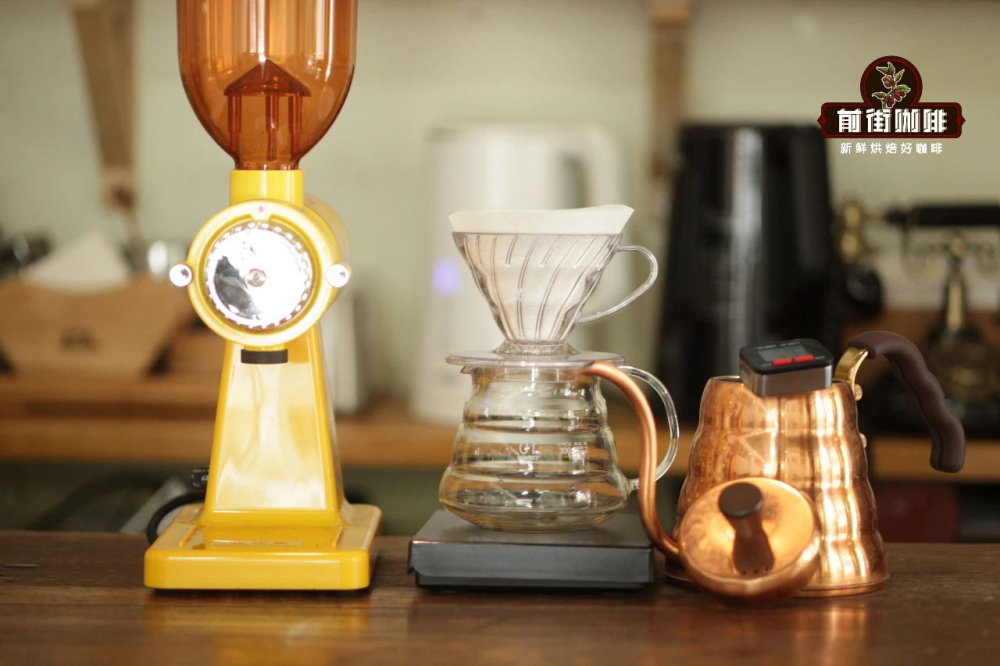
Because trickle coffee takes a long time to extract, usually at least a few minutes, in order to extract a cup of strong coffee in a short time, Italians think of using steam pressure to pass high-temperature and high-pressure water through coffee pressed powder to speed up the original trickle extraction rate. With continuous improvement and update, our common semi-automatic / full-automatic espresso machine has been derived. When using an espresso machine, you grind the coffee beans into powder, fill them into a handle, push hot water into the coffee powder under high pressure, and extract a cup of espresso, also known as espresso. Because of the high concentration, we will taste it with water or milk, such as our common American style, latte and cappuccino are all based on espresso.
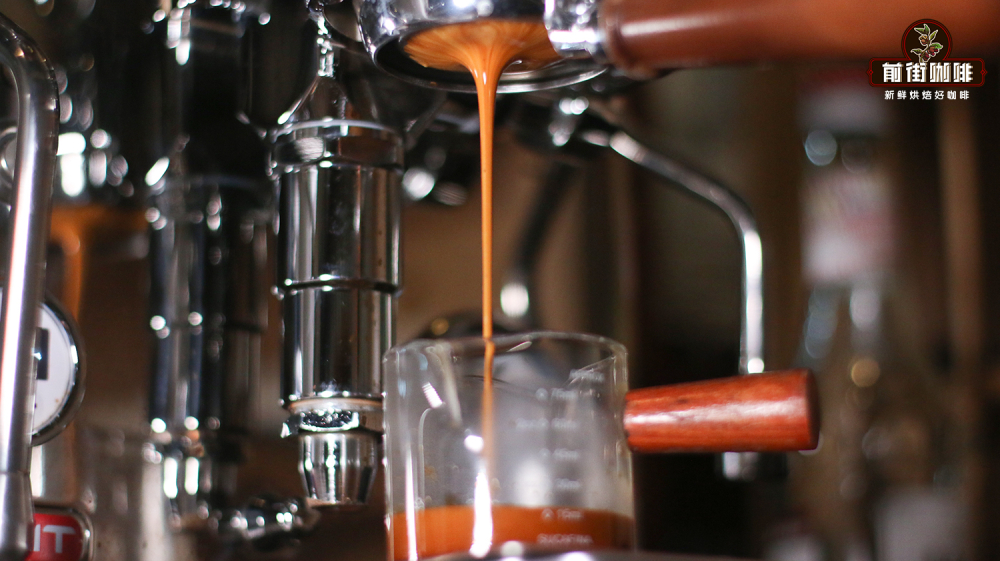
Although it seems that the operation is very simple, using Italian coffee machine extraction, in order to release the soluble flavor substances in coffee into hot water in just tens of seconds, coffee should have more contact with water, and the degree of grinding must be very fine and uniform. therefore, it is a great test of the quality of coffee beans and the skills of baristas. There are many factors affecting a cup of Italian concentrated flavor, including coffee bean quality, baking degree, grinding degree, coffee machine boiler pressure, water temperature, powder filling strength, powder quantity, extraction time, extraction liquid weight and other factors and details. The four major factors used to adjust the extraction in daily life are powder quantity, time, liquid weight, and grinding degree. The cooking parameters will change subtly according to the daily air humidity and the state of coffee beans, so they need to be adjusted up and down to achieve better extraction results.
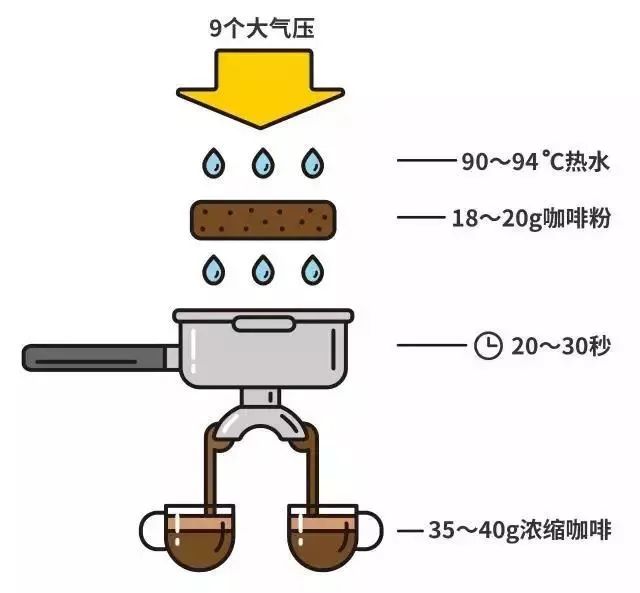
Friends who have come to Qianjie Dongshankou store for coffee should have seen the small blackboard with bean sheets in Qianjie. Half a hundred items are divided into different producing areas. Qianjie is all produced in the form of hand-made or ice droplets, while Qianjie makes Italian coffee using only a "sunflower sunflower blend" baked in Qianjie. If you use shallow roasting hand-made individual coffee beans to make espresso, under more fine grinding and high pressure, the coffee taste will converge strongly and tend to show negative bitterness, sour and astringency. Therefore, generally according to the two different forms of hand-made and Italian-style extraction, Qianjie suggested to select the corresponding coffee beans for extraction.
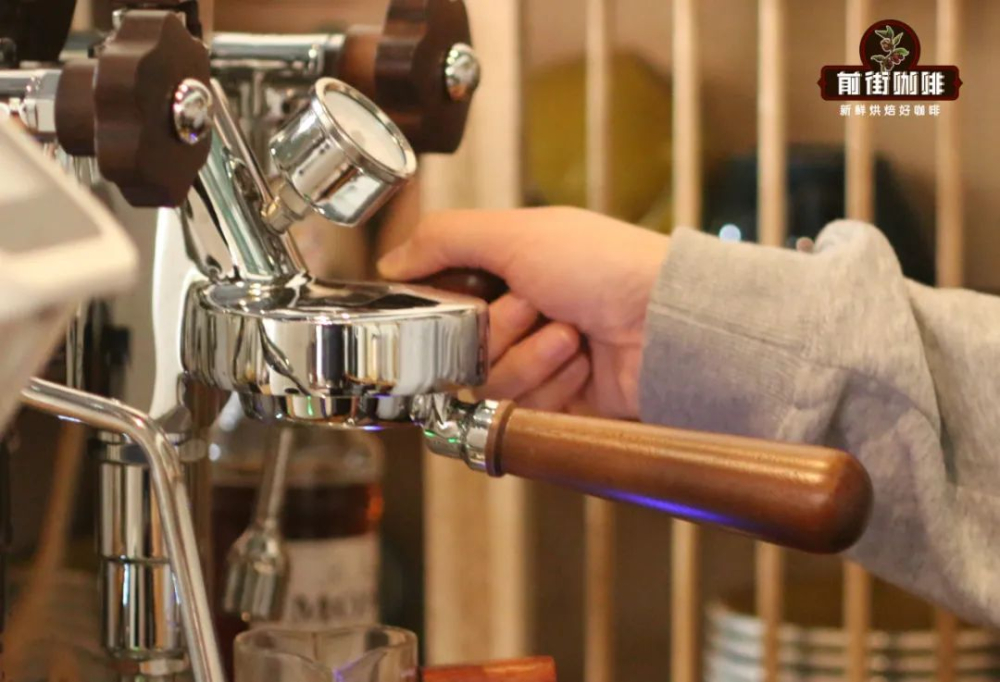
Hand brewing allows people to taste the most primitive aroma and flavor of black coffee. If you are a newcomer, Qianjie suggests using coffee beans with high performance and price. First of all, it is easier to get to know the major producing areas from the regional flavor. It can also avoid waste caused by operational errors. There is a series of rations beans on the Qianjie bean list. The so-called rations beans are delicious but not expensive. Qianjie has selected seven classic producing areas, covering many representative producing areas, varieties and natural treatment methods. These include Yega Xuefei in Ethiopia, Vivetnango in Guatemala, Whelan in Colombia, half-sun Syrador in Brazil, Tara beads in Costa Rica, wet planer forest in Indonesia and Baoshan in Yunnan, China. So that everyone can taste the flavor and tonality of the producing area at an affordable price, so as to confirm their own coffee preference, which is a very cost-effective coffee series in Qianjie.
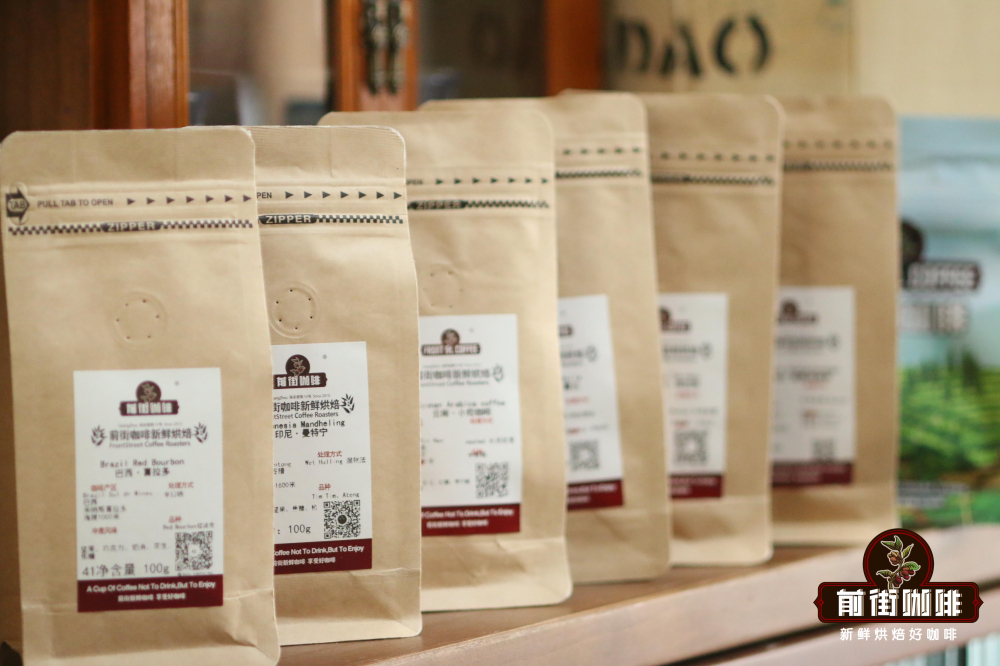
Due to the fine grinding, high water temperature and high pressure extraction of espresso, espresso converges a variety of flavors, and various flavor compounds hit our tongues exponentially. As a kind of crop, coffee will change with climate and soil, even if it comes out of the same place, the flavor of each batch of coffee beans will be different, and the blending of coffee beans uses a way of learning from each other. to ensure that each coffee bean can show a balanced and stable aroma and taste. Qianjie recommends the self-baked "sunflower warm sun mixed coffee beans" in Qianjie, which is made of Ethiopian sun red cherry coffee beans (30%) and Honduran sherry barrel coffee beans (70%). The entrance of Italian espresso is the flavor of sherry, vanilla and cream, with tropical fruits and fermented red cherries, making the coffee in the cup rich and soft. The aroma emitted after swallowing is memorable. Both American coffee diluted with water and latte with milk are rich in aroma and taste.
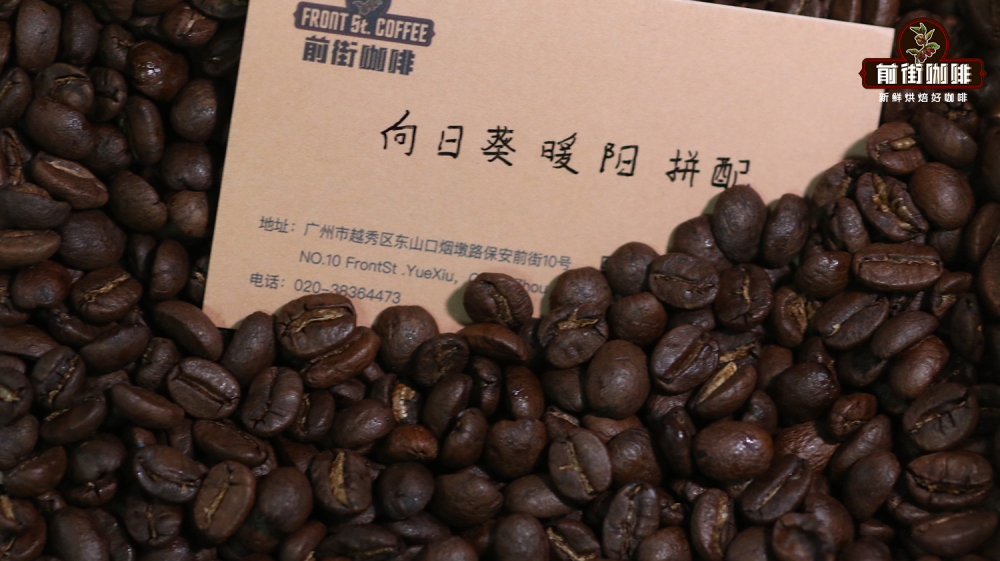
Professional coffee knowledge exchange more coffee bean information please follow the coffee workshop (Wechat official account cafe_style)
For more boutique coffee beans, please add private Qianjie coffee on Wechat. WeChat account: qjcoffeex
Important Notice :
前街咖啡 FrontStreet Coffee has moved to new addredd:
FrontStreet Coffee Address: 315,Donghua East Road,GuangZhou
Tel:020 38364473
- Prev
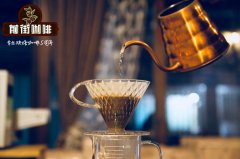
How to make coffee by hand? how to drink coffee by hand? tips for quick moves to make coffee
Professional coffee knowledge exchange more coffee bean information please follow the coffee workshop (Wechat official account cafe_style) hand-brewed coffee tutorial _ hand-brewed coffee video _ hand-brewed coffee tips and proportions are you ready to become a coffee master? Hand coffee is your first choice, from boutique coffee shops to blue bottle coffee shops, all over the world, from the simplest steps.
- Next
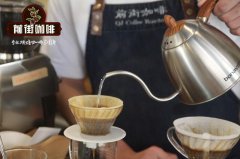
Home-made coffee techniques and dress code can become Home Barista in ten steps.
Professional coffee knowledge exchange more coffee bean information please follow the coffee workshop (Wechat official account cafe_style) hand-brewed coffee tutorials _ hand-brewed coffee video _ hand-brewed coffee skills and proportions there is a set of dresscode (dress code) all over the world, such as black-tie for dinner, polo shirts for tennis, swimwear for swimming are all functional conventions.
Related
- Beginners will see the "Coffee pull flower" guide!
- What is the difference between ice blog purified milk and ordinary milk coffee?
- Why is the Philippines the largest producer of crops in Liberia?
- For coffee extraction, should the fine powder be retained?
- How does extracted espresso fill pressed powder? How much strength does it take to press the powder?
- How to make jasmine cold extract coffee? Is the jasmine + latte good?
- Will this little toy really make the coffee taste better? How does Lily Drip affect coffee extraction?
- Will the action of slapping the filter cup also affect coffee extraction?
- What's the difference between powder-to-water ratio and powder-to-liquid ratio?
- What is the Ethiopian local species? What does it have to do with Heirloom native species?

